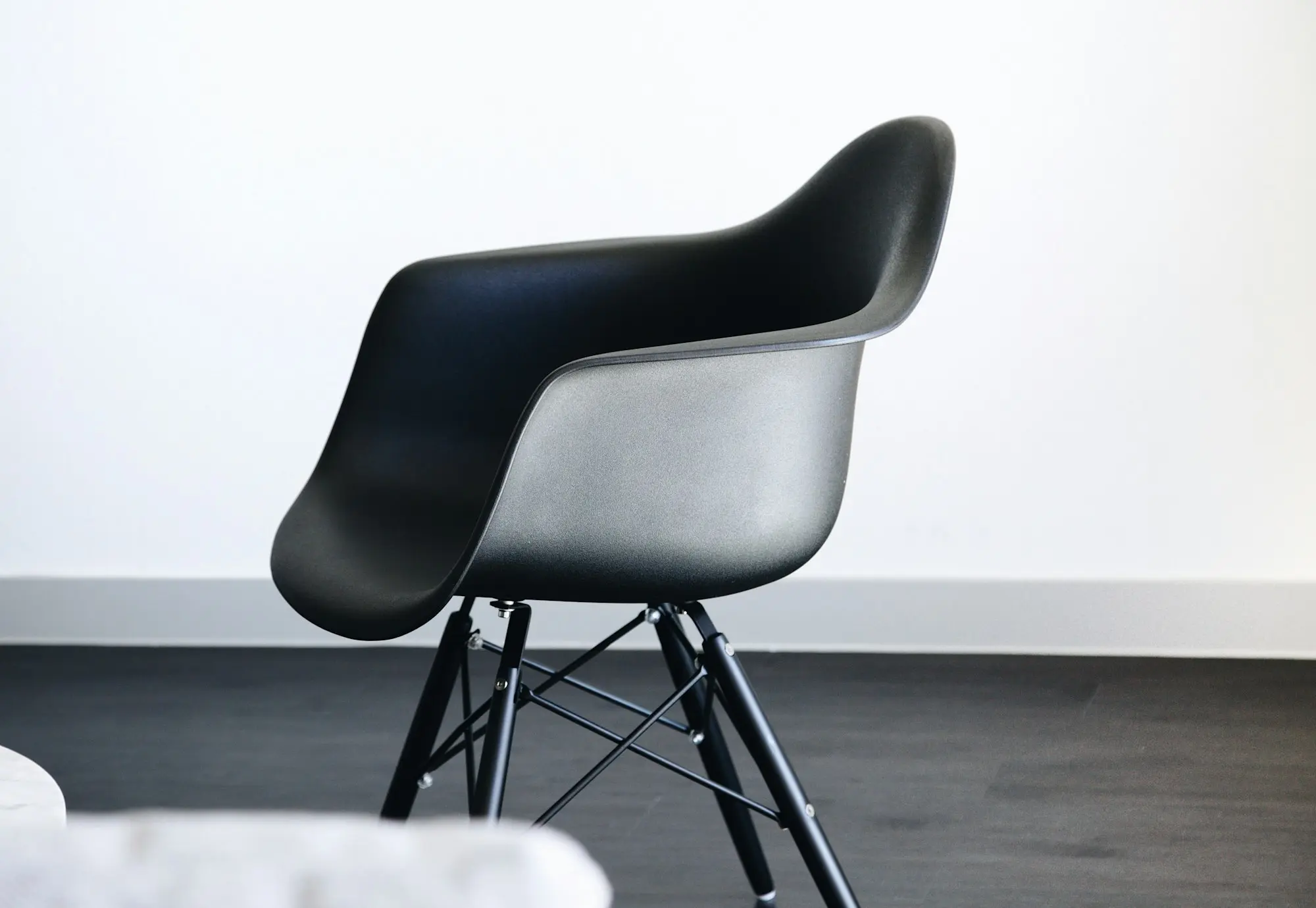Comparing Return Policies on Major Furniture Retailers in 2025
Compare return policies from Amazon, Walmart, Target, Wayfair, IKEA, and Costco. Our guide highlights key pros and cons so you can choose the best option for your furniture purchase.

Photo by Andres Jasso / Unsplash
Shopping for furniture requires more than just finding the perfect style or price—flexible return policies are essential. In today’s competitive market, retailers offer a range of return options that can either simplify or complicate your purchase decision. This guide breaks down and compares the return policies of leading furniture retailers, including Amazon, Walmart, Target, Wayfair, IKEA, and Costco.
Retailers Overview
- Amazon: A vast marketplace with diverse sellers, including many furniture options.
- Walmart: A big-box retailer known for everyday low prices and in-store convenience.
- Target: Offers stylish furniture with a customer-friendly return approach.
- Wayfair: A leading online home goods retailer with competitive deals.
- IKEA: Famous for modern, Scandinavian furniture and a generous in-store return policy.
- Costco: A membership-based warehouse with a strong reputation for customer satisfaction and generous returns.
For more shopping tips, check out our Spoken Blog Archive.
Amazon
Return Policy Overview:
- Standard Policy: Most items, including many furniture pieces, can be returned within 30 days of receipt.
- Seller Variability: Since Amazon is a marketplace, individual sellers may have different return rules. Always check the product page for specific details.
- Holiday Extensions: During holiday periods, Amazon often extends the return window.
Advantages:
- Wide Selection & Clear Guidelines: For many items fulfilled by Amazon, return instructions are easy to follow.
- Extended Holiday Returns: Extra flexibility during seasonal shopping.
Disadvantages:
- Inconsistency: Return policies vary across sellers, which can be confusing for large items like furniture.
- Shipping Costs: For bulky or heavy furniture, you may be responsible for return shipping.
Learn More:
Visit Amazon’s Return Policy Help Page for detailed information.
Walmart
Return Policy Overview:
- Standard Return Window: Typically offers 90 days for most items purchased online or in-store.
- In-Store Returns: Metropolitan consumers can benefit from Walmart’s extensive network of stores, making returns more convenient.
- Special Conditions: Some large or heavy furniture items might require scheduling a pickup or could incur restocking fees.
Advantages:
- Longer Return Period: The 90-day window gives you more time to decide.
- Convenience: In-store return options make the process easier for bulky items.
Disadvantages:
- Special Handling: Certain large items may have additional return procedures or fees.
- Potential Scheduling Hassles: Returns of oversized products might require a scheduled pickup.
Learn More:
For full details, visit Walmart’s Returns & Exchanges Page.
Target
Return Policy Overview:
- General Return Period: Typically a 90-day return window for most purchases.
- Extended Returns for REDcard Holders: Target often provides an extended return period (up to 120 days) for REDcard users on select items.
- In-Store Returns: Target’s convenient store locations allow for hassle-free returns if you bring your receipt.
Advantages:
- Customer-Friendly: Extended returns for REDcard holders and straightforward in-store processing.
- Easy Exchanges: You can often exchange furniture items in-store quickly.
Disadvantages:
- Special Conditions: Some large or custom furniture items might be subject to restocking fees or “final sale” designations if opened or damaged.
- Bulk Returns: Returning heavy items might require additional arrangements.
Learn More:
Review Target’s detailed policy on their Returns & Exchanges Page.
Wayfair
Return Policy Overview:
- Standard Policy: Generally offers a 30-day return window on most items.
- Item-Specific Variations: Custom or large furniture pieces may have stricter conditions or require the customer to cover return shipping.
- Online Process: The return process is handled entirely online.
Advantages:
- Competitive Pricing: The savings often compensate for a shorter return window.
- Streamlined Online Returns: Easy to initiate returns via Wayfair’s website.
Disadvantages:
- Shorter Window: At 30 days, you have less time to evaluate your purchase.
- Logistics for Bulky Items: Returning large furniture may be complicated and could incur shipping or pickup fees.
Learn More:
Check out Wayfair’s Return Policy for additional details.
IKEA
Return Policy Overview:
- Generous In-Store Policy: IKEA typically allows returns within 365 days for unused and undamaged products (with a receipt).
- Online Orders: Online returns may have different terms and might include a restocking fee.
Advantages:
- Long Return Window: One year to decide makes it ideal for big-ticket furniture.
- In-Store Convenience: Metropolitan shoppers benefit from many nearby IKEA locations.
Disadvantages:
- Condition Sensitive: Returns may not be accepted if the product has been assembled or altered.
- Online Limitations: Return conditions online can be stricter compared to in-store returns.
Learn More:
Visit IKEA’s Customer Service – Returns page.
Costco
Return Policy Overview:
- Generous and Hassle-Free: Generally, Costco offers a 90-day return window on most items, with an overall reputation for a customer-friendly approach.
- Membership Benefit: The return process is straightforward for members, whether purchased in-store or online.
- Exceptions: Certain categories like electronics have a shorter return period, but furniture usually falls under the more generous policy.
Advantages:
- Customer-Friendly: Costco’s reputation for hassle-free returns is well known.
- In-Store Convenience: With many warehouse locations, returns can be quick and efficient.
Disadvantages:
- Limited Locations: Not all metropolitan areas have a Costco, which may make in-store returns less convenient for some.
- Online Restrictions: A few online orders may come with exceptions, so always check the specific item details.
Learn More:
For full policy details, see Costco’s Returns Page.
Comparison Summary
| Retailer | Return Window | In-Store Return | Special Considerations | Key Advantage |
|---|---|---|---|---|
| Amazon | 30 days (varies by seller) | N/A (varies by seller) | Inconsistent across sellers; bulky items may incur shipping fees | Extended holiday returns; wide selection |
| Walmart | 90 days | Yes | May require scheduling for oversized items | Long return window; convenient locations |
| Target | 90 days (120 for REDcard) | Yes | Some items may have restocking fees | Extended returns for REDcard holders |
| Wayfair | 30 days | Online returns only | Shorter window; potential shipping fees for large items | Competitive pricing with easy online process |
| IKEA | Up to 365 days (in-store) | Yes | Returns may be denied if items are assembled | Very generous return period |
| Costco | 90 days | Yes | Exceptions exist for certain categories | Renowned for hassle-free returns |
For more detailed shopping advice, visit our Spoken Blog Archive.
Final Thoughts & Stay Connected
When purchasing furniture, a flexible return policy can provide peace of mind in case your new piece doesn’t quite fit your space or style. Each retailer offers unique advantages:
- Amazon provides convenience and a wide selection, though return policies can vary.
- Walmart and Target excel in offering extended return periods and in-store options.
- Wayfair may have the best deals online, but its shorter return window requires careful planning.
- IKEA stands out with its year-long return window for in-store purchases, and
- Costco maintains its reputation for generous, hassle-free returns.
Your choice depends on your shopping priorities: Do you value a long return window and in-store convenience, or is price the deciding factor? Consider these factors before making your next furniture purchase.
Related Articles & Resources

Geoff Abraham
Co-founder & President of Spoken
Geoff is the co-founder and President of Spoken. He is a Dad. He holds a BA from UT Austin (Plan II) and an MBA from Stanford. Geoff has built several successful businesses, including a bicycle taxi business in San Francisco which he ran for 10 years with his wife, Mimosa. He is an executive coach, and he actively invests in seed-stage startups via The Explorer Fund.
Read more

